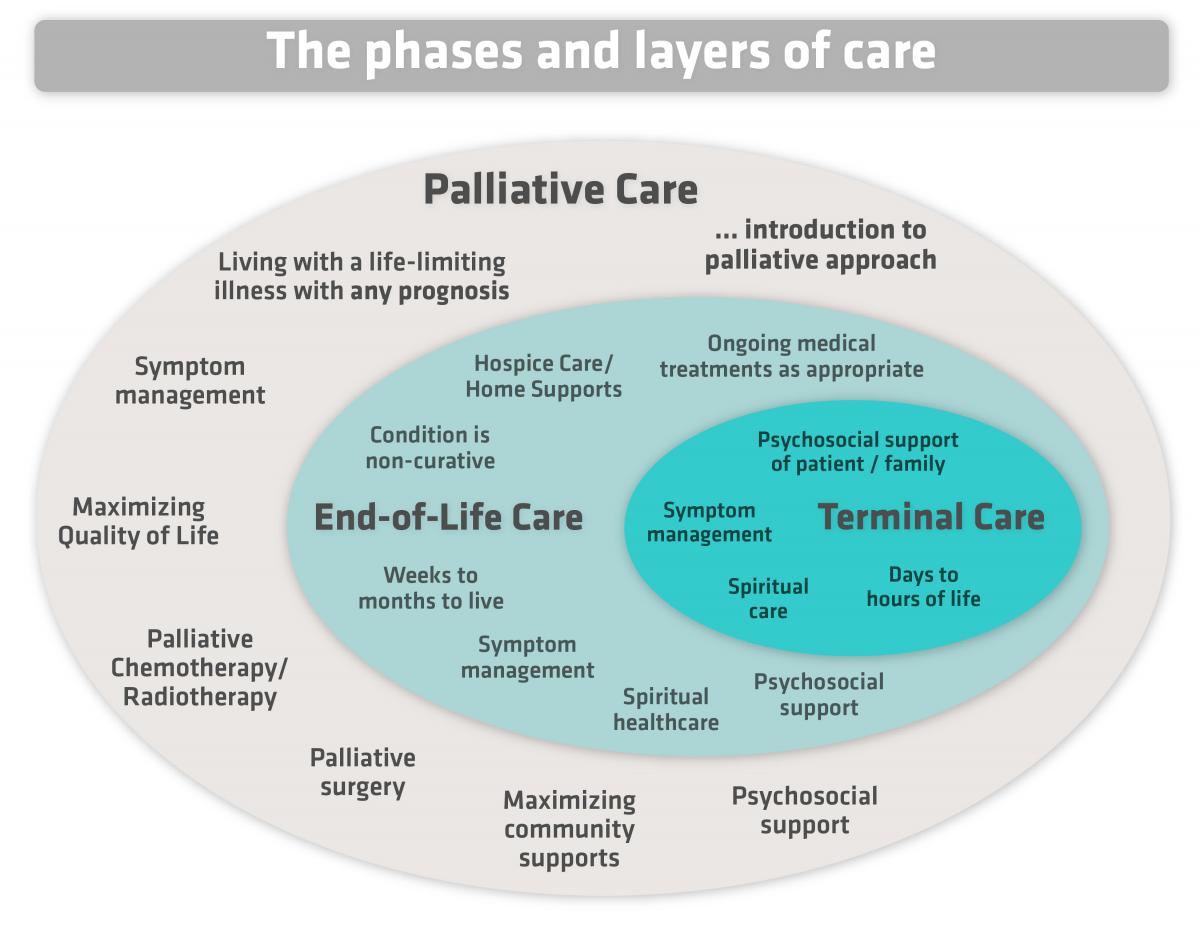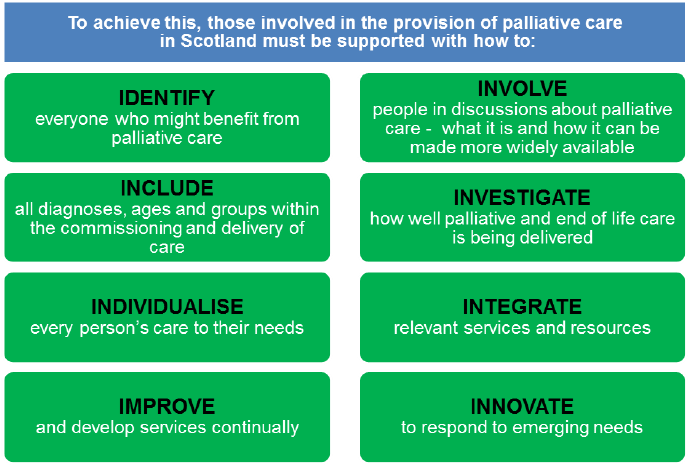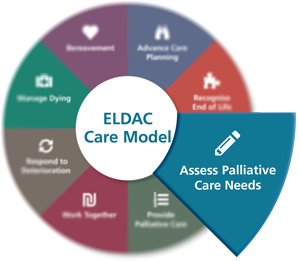what are the different levels of palliative care
Most of the care for a hospice patient is provided by the family who fill in the gaps leading to caregiver stress. Healthcare professionals you and your family are often involved in making this plan.

Demystifying Palliative Care An Integral Piece Of Healthcare That Is Missing Ehospice
Under four levels of hospice care you will.

. Understanding where and when hospice care is offered is the first step to understanding the choices you or your loved one has when it comes to the end-of-life journey. Medical social workers interdisciplinary teams and a chaplain provide. Palliative care is a resource for anyone living with a serious illness such as heart failure chronic obstructive pulmonary disease cancer dementia Parkinsons disease and.
Still theres some confusion about what palliative care is what it involves who should get it and why. Palliative care in itself is not a financial vehicle but when you think about it in terms of those extra strategies it makes it a financially viable system of patient care. Hospice care designs treatments to meet the needs of patients providing them care at the comfort in their own homes.
The goal of palliative care is to improve quality of life. Ask VITAS to help. Ask VITAS to help.
Ad Palliative care starts with a conversation about EOL wishes. Health care is described as different levels of care. Palliative care is for anyone living with chronic diseases or life-limiting illnesses.
Primary secondary tertiary and quaternary. Kates journey is in a way emblematic of the. Personalized care plans by patients diagnosis.
More than likely it is routine or intermittent. Palliative care can occur at the same time as all other treatments for your illness and does not depend upon the course of your disease. Routine or Intermittent Home Care.
While every hospice regimen. Different levels of palliative care provision and education have been recognized in the literature. Like palliative care hospice care gives compassionate care for.
Early palliative care can reduce emergency admissions and support patients to die in their preferred place. Ad Palliative care starts with a conversation about EOL wishes. Medicare defines four levels of hospice care.
Individuals in the last stages of incurable disease so they may live as completely and comfortably as possible. This level of care offers a team approach by. Palliative care specialists treat people living with many disease types and chronic illnesses.
Today well review the four levels or kinds of hospice care that are available to families. Palliative care is an approach that improves the quality of life of patients adults and children and their families who are facing problems associated with life-threatening. Primary care is the main doctor that treats your health usually a general.
Ad Browse Discover Thousands of Book Titles for Less. The goal of palliative care is to make patients more comfortable and that generally means relieving side effects and symptoms of disease and curative treatments. These are illnesses that cant be cured such as cancer chronic kidney disease lung disease or dementia.
Nausea vomiting and loss of appetite. But all together they give a new and more complete way to look at end-of-life. Palliative care is a growing field of medicine.
The domains of palliative care and roles of each level of provider in delivering this care are outlined in Table 4 with the recognition that the boundaries between providers roles. Ad Our videos includes tips for starting palliative care conversations. These include cancer cardiac disease.
Medicare allows your loved one to stay a short. With 40 years of leadership in hospice and palliative care VITAS offers. Therefore nurses need a set of various competencies to provide high-quality palliative care.
2 Every Medicare-certified hospice provider must offer all four levels of care. If you have Medicare Part A and Part B you dont pay. 23 Increasing evidence supports the need for early palliative care for.
Different levels of palliative care provision and education have been recognized in the literature. Palliative care is comfort care at any stage of an advanced illness. Breathing problems such as being short of breath.
Find Information About a Palliative Care Option for Metastatic Lung Cancer Here. Palliative care for physical side effects might include anti-nausea medicines. Palliative care is comfort care at any stage of an advanced illness.
Routine hospice care is the basic level provided in your own home assisted living facility or nursing home. Therapy emotional and pastoral support. Today we interview Kate Courtright a critical care and palliative care physician-researcher who conducts trials of palliative care.
There is no reason to wait.

What Is Palliative Care Hospice Palliative Care
Assessment Palliative Care Services Palliative Hub Pro

Introduction Palliative And End Of Life Care Strategic Framework For Action Gov Scot

2nd Asia Pacific Conference On Nursing Science And Healthcare Healthcare Conference Science Palliative Care
Difference Between Hospice And Palliative Care Concept Care Given Eligibility

Examples Of Short Medium And Long Term Objectives Of A Palliative Download Table

Faqs Palliative Care Shc E Library










